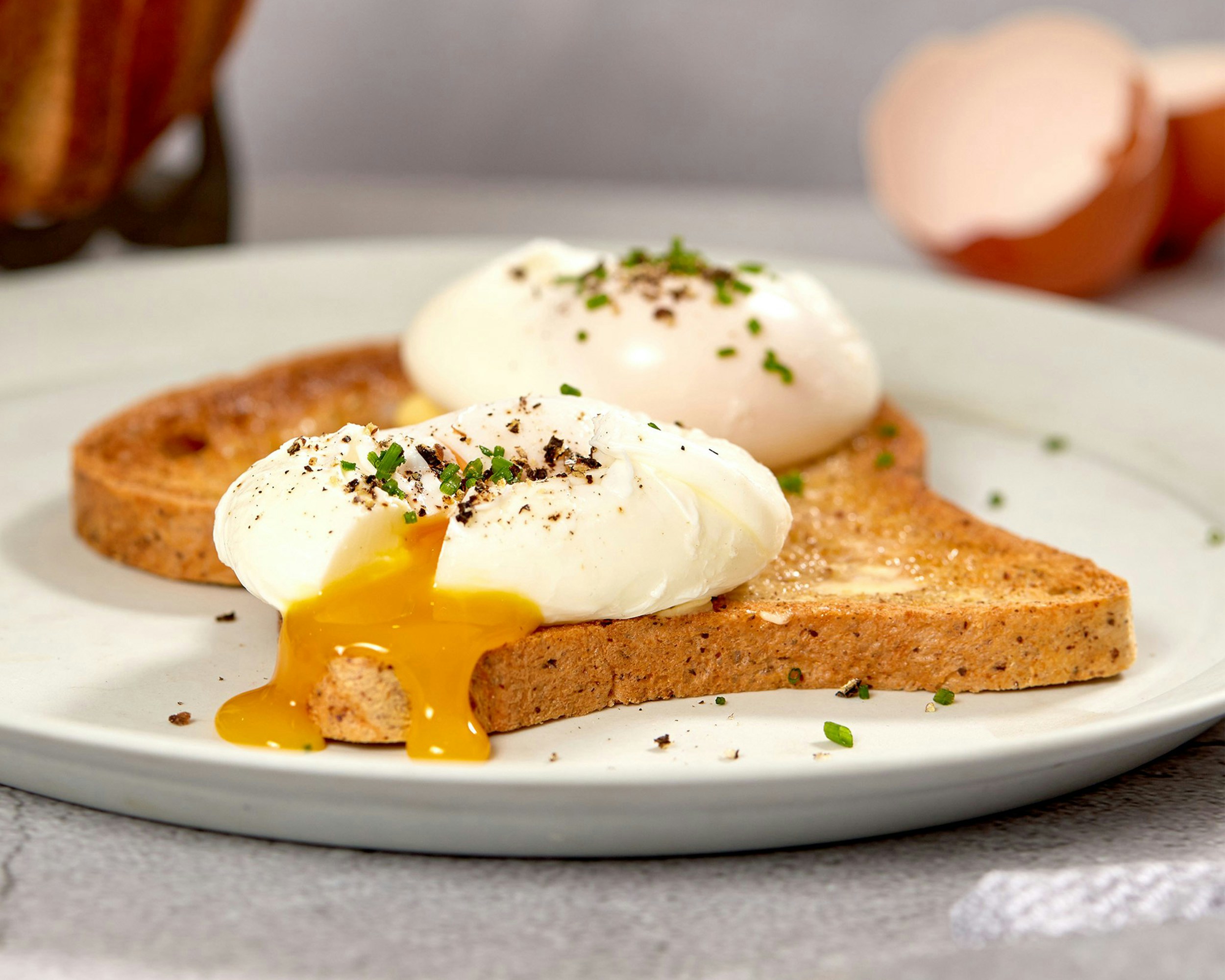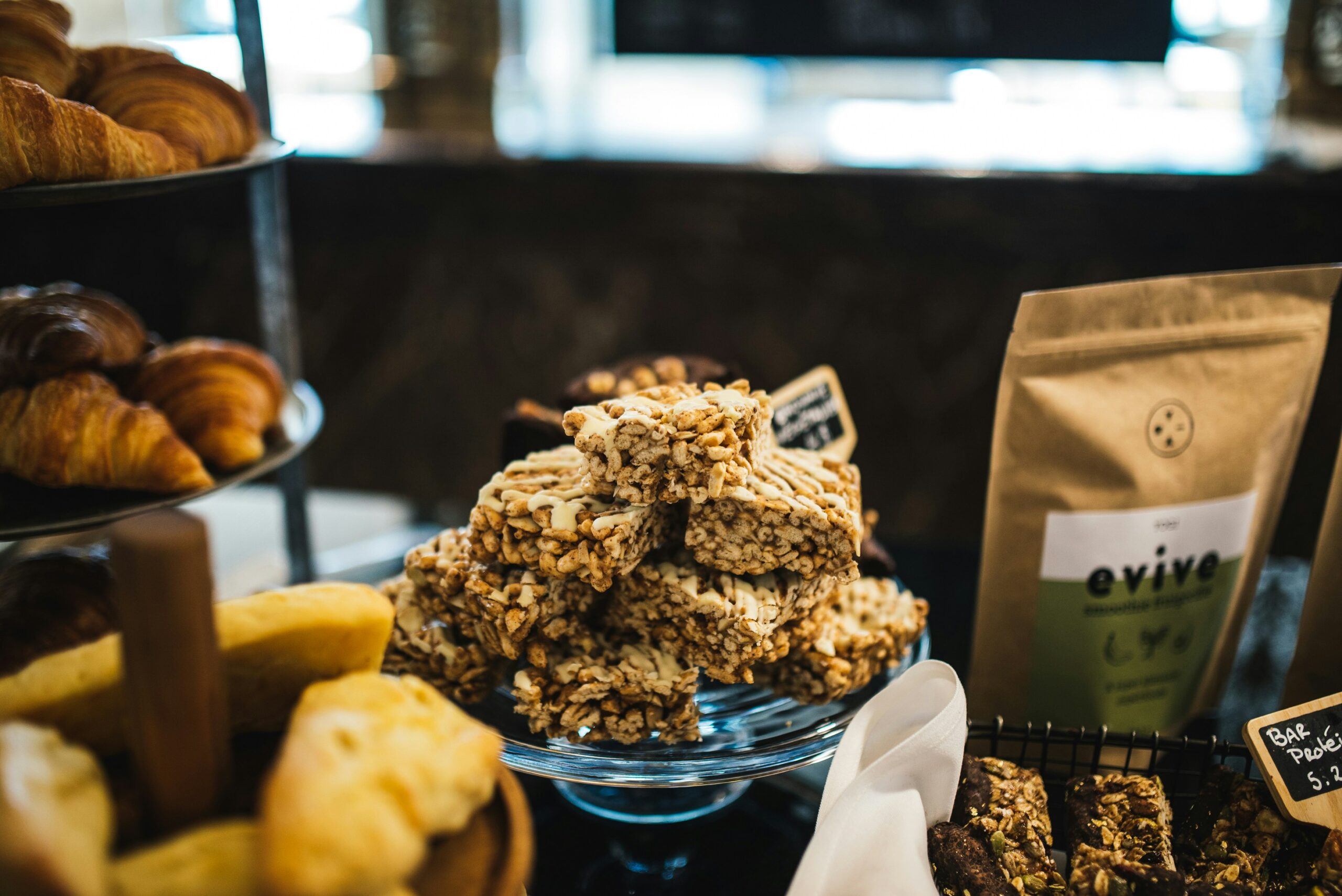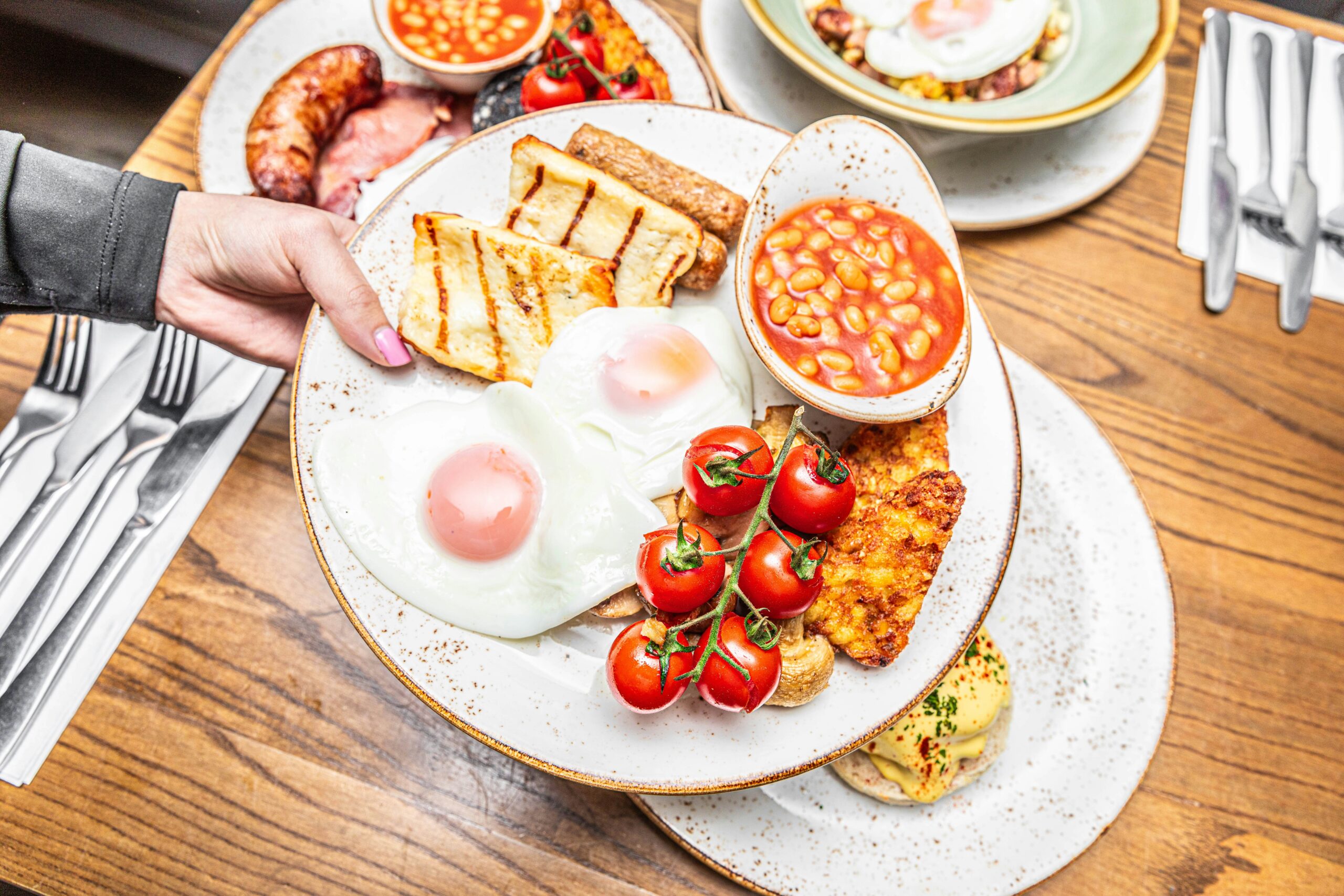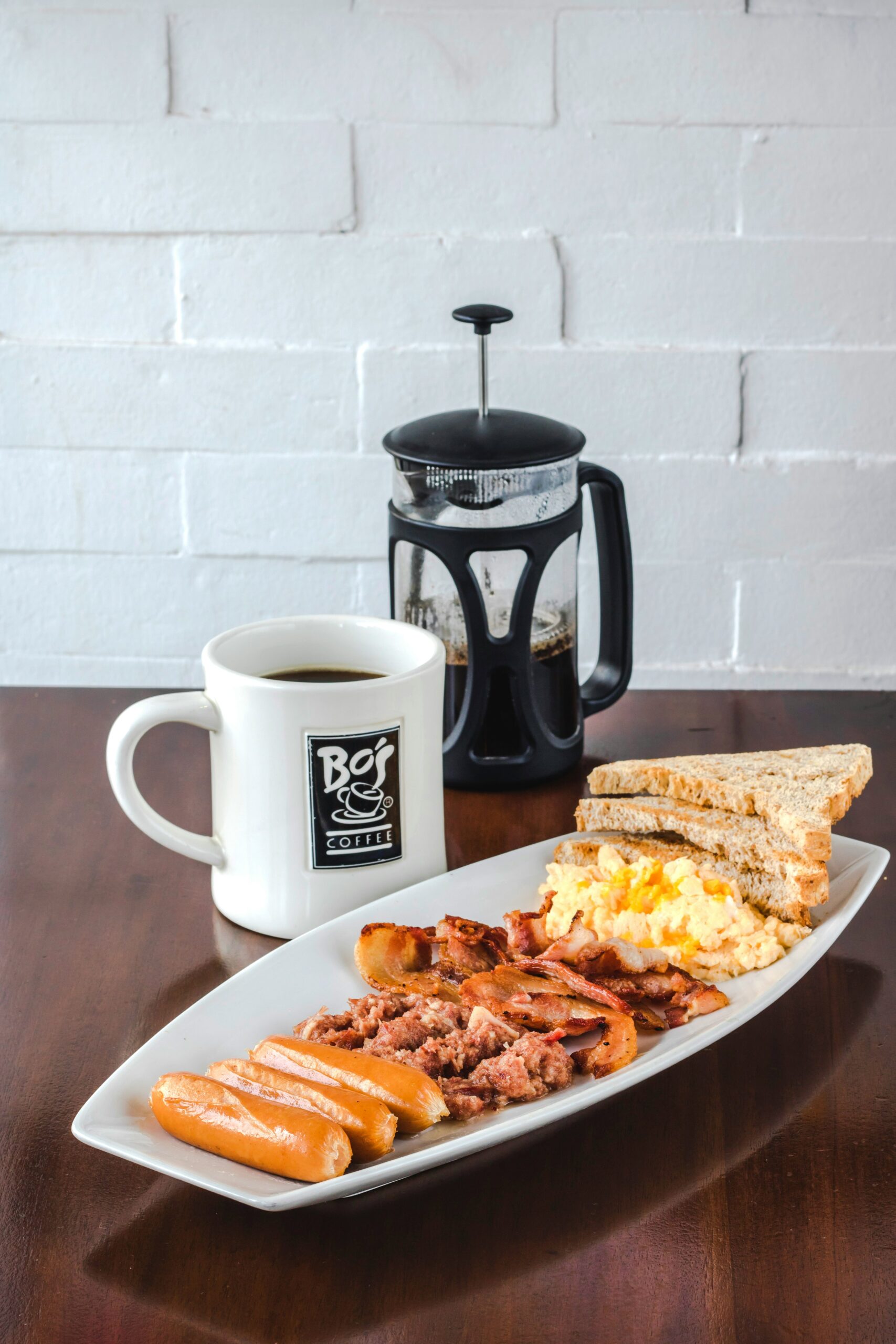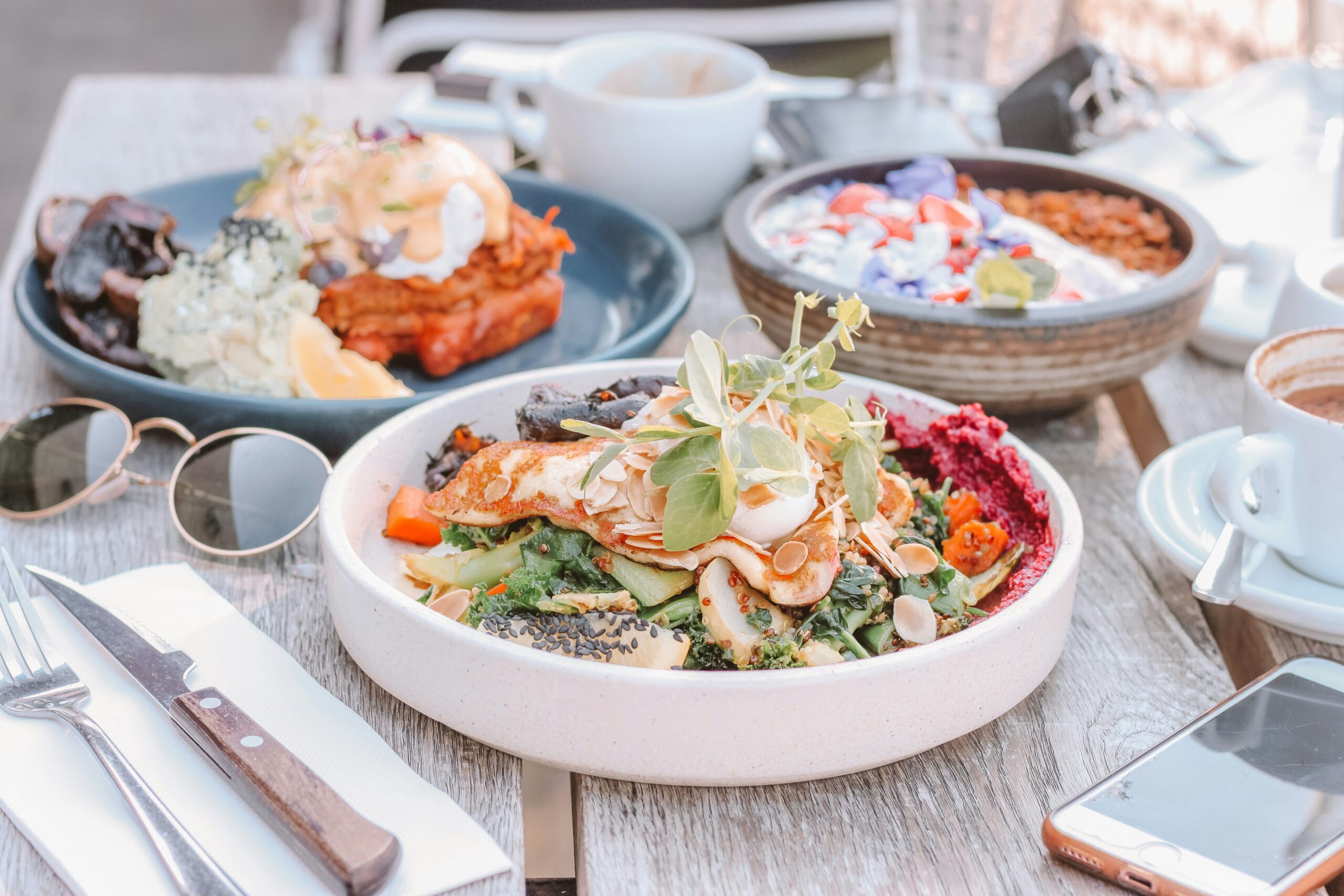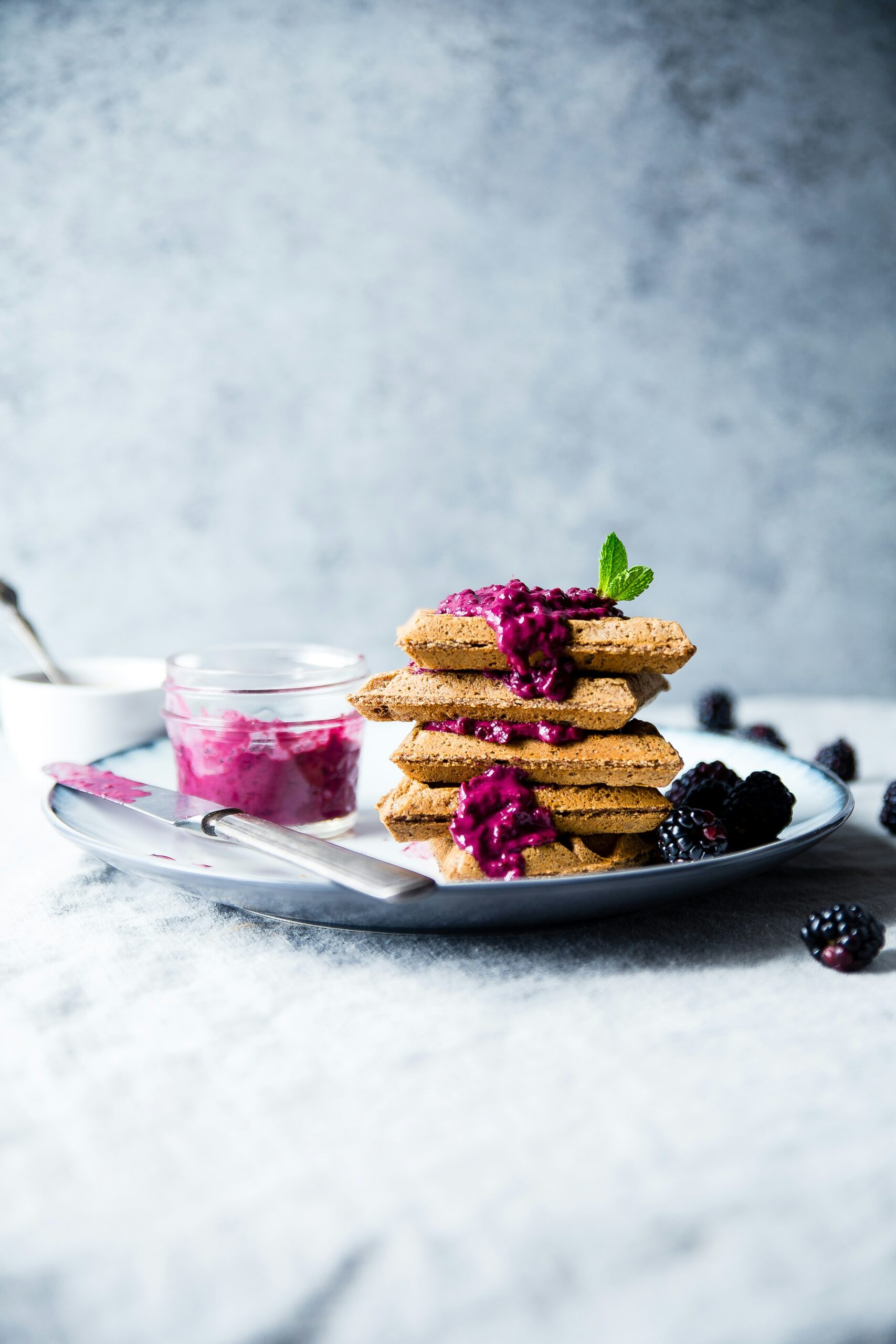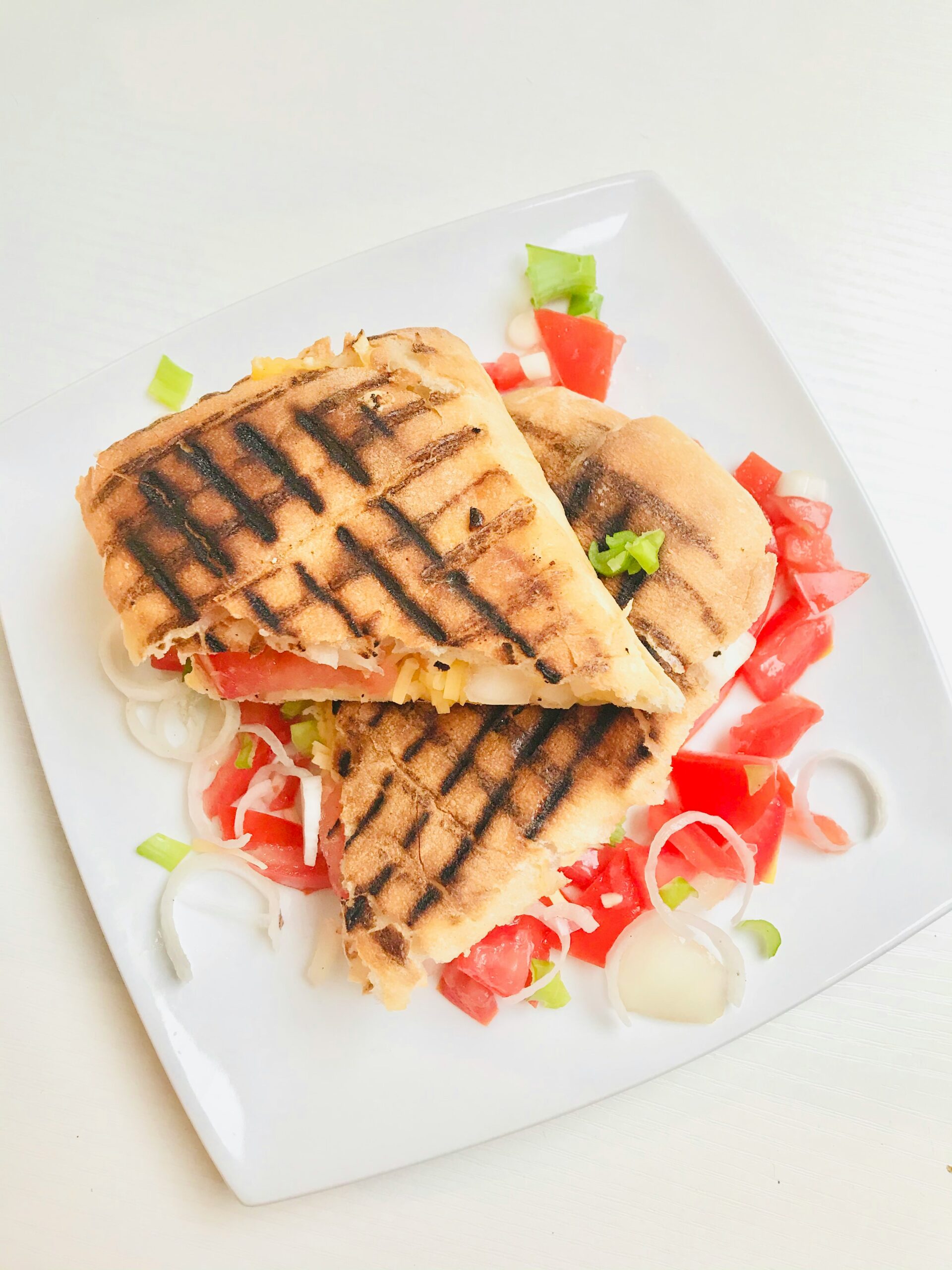The Best Fluffy Pancakes recipe you will fall in love with. Full of tips and tricks to help you make the best pancakes.
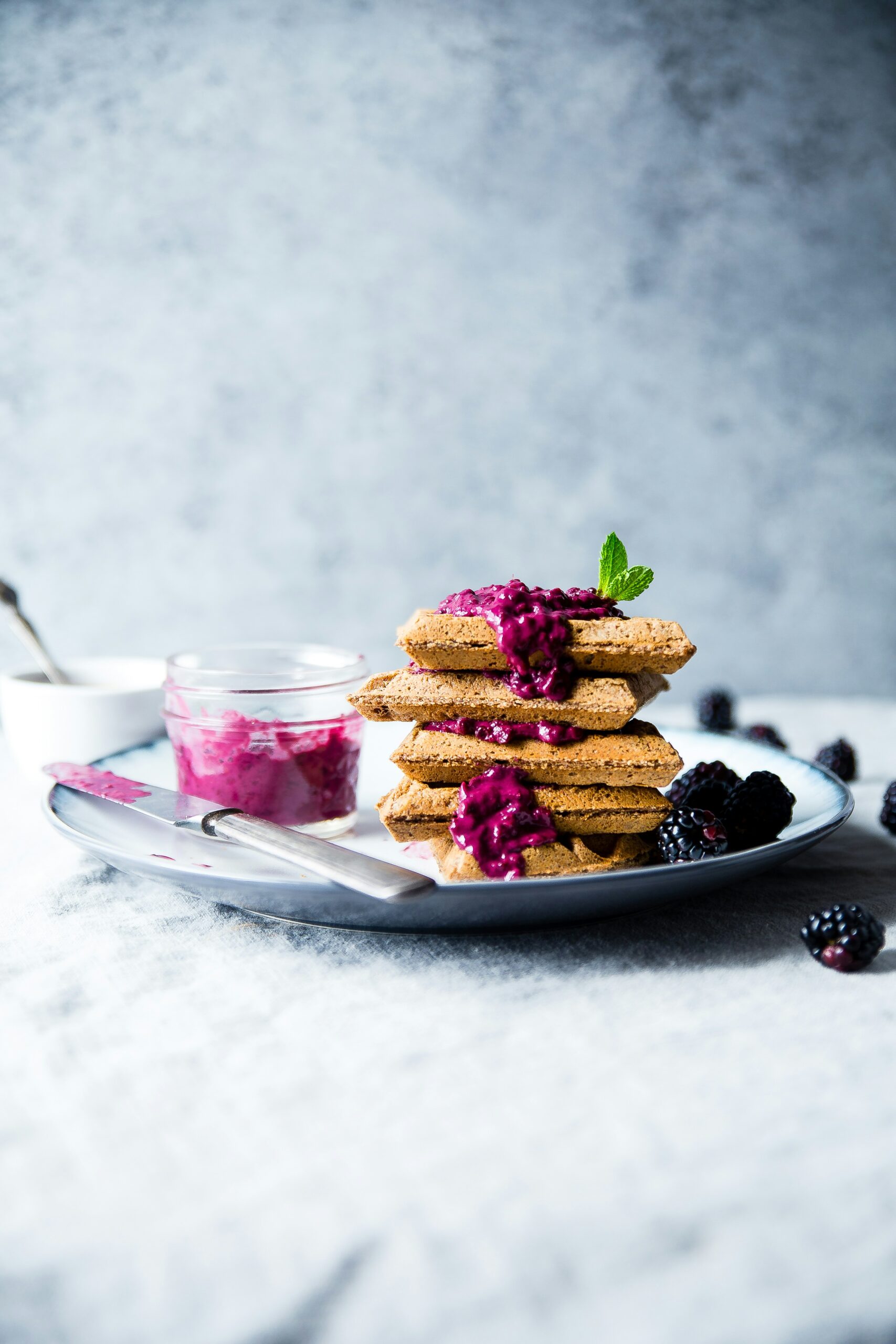
Understanding Gluten-Free Diets
Gluten is a group of proteins primarily found in wheat, barley, and rye. It plays a significant role in giving structure to certain foods, such as bread and pasta. For many individuals, gluten consumption does not pose any health risks; however, in specific populations, it can lead to severe health conditions. Celiac disease, an autoimmune disorder, affects about 1% of the population and occurs in genetically predisposed individuals. When those with celiac disease consume gluten, their immune system triggers an inflammatory response that can damage the lining of the small intestine, leading to various adverse health consequences.
On the other hand, gluten sensitivity is a condition where individuals experience gastrointestinal and non-gastrointestinal symptoms after consuming gluten, yet testing negative for celiac disease and wheat allergy. Furthermore, some people voluntarily adopt a gluten-free diet, believing it offers health benefits such as improved digestion, increased energy, and weight loss. However, it is essential to understand that these benefits may not apply to everyone and can vary based on individual health and dietary factors.
Common misconceptions about gluten-free diets also warrant discussion. Many people erroneously assume that gluten-free foods are inherently healthier or lower in calories. This is not always the case, as some gluten-free alternatives can be high in sugar, fat, or calories, potentially undermining one’s health goals. Another myth is that gluten should be entirely eliminated for everyone, which is not necessary for the majority of the population. Understanding these nuances is crucial for anyone considering a gluten-free lifestyle, whether from medical necessity or personal choice. Eating a balanced and varied diet, regardless of gluten inclusion, is essential for overall well-being.
Nutritional Benefits of Gluten-Free Breakfast Options
Incorporating gluten-free foods into breakfast not only satisfies dietary restrictions but also provides numerous nutritional advantages. Many gluten-free grains, such as quinoa, brown rice, and oats, are rich in essential nutrients, including proteins, vitamins, and minerals. Quinoa, for instance, is a complete protein, offering all nine essential amino acids crucial for muscle repair and overall bodily functions. It is also a good source of fiber, which supports digestive health and contributes to feelings of fullness, making it an excellent choice for breakfast.
Brown rice is another nutritious gluten-free option, packed with fiber, B vitamins, and minerals like magnesium and phosphorus. It helps in energy metabolism and can aid in maintaining healthy blood sugar levels. Additionally, the presence of antioxidants in brown rice can help combat oxidative stress in the body. Oats, particularly certified gluten-free oats, are similarly nutrient-dense, offering a heart-healthy source of soluble fiber, which has been shown to lower cholesterol levels and promote cardiovascular health.
Moreover, gluten-free breakfast options can enhance the intake of various vitamins and minerals that are vital for optimal health. For instance, many gluten-free products are fortified with essential nutrients like iron and folate, which are important for maintaining healthy blood levels and supporting cellular function. By choosing gluten-free cereals or porridge made from diverse grains, individuals can incorporate a broader spectrum of nutrients into their morning meals.
Overall, gluten-free breakfasts can provide a balanced intake of macronutrients and micronutrients, fostering improved health and wellbeing. The diversity of gluten-free grains available today allows for versatility and creativity in breakfast choices, ensuring that individuals can enjoy delicious meals while reaping the myriad health benefits associated with these nutrient-rich foods.
Easy and Delicious Gluten-Free Breakfast Recipes
Starting your day with a nutritious and delicious gluten-free breakfast can be incredibly satisfying and energizing. Below are a few simple recipes that offer a variety of flavors and ingredients to suit different palates.
Gluten-Free Pancakes are a favorite for breakfast. To make them, combine 1 cup of gluten-free flour, 2 tablespoons of sugar, 1 tablespoon of baking powder, and a pinch of salt in a bowl. In another bowl, whisk together 1 cup of milk, 1 egg, and 2 tablespoons of melted butter. Mix the wet and dry ingredients until just combined. Cook the batter on a preheated non-stick skillet for about 2-3 minutes per side, or until golden brown. Serve with maple syrup, fresh fruits, or yogurt. Preparation time: 10 minutes.
Chia Seed Pudding provides a refreshing and nutritious start to your day. Combine 1/4 cup of chia seeds with 1 cup of almond milk and 1 tablespoon of honey in a jar. Stir well, then refrigerate overnight. By morning, the chia seeds will expand, creating a delightful pudding. You can customize it by adding vanilla extract, cinnamon, or top it with your favorite fruits and nuts before serving. Preparation time: 5 minutes (plus overnight chilling).
Vegetable Omelet is another quick option. Whisk together 2 eggs, a splash of milk, salt, and pepper in a bowl. Heat a non-stick skillet, add chopped spinach, tomatoes, and bell peppers, and sauté for a few minutes. Pour the egg mixture over the vegetables, allowing it to set for a few minutes on low heat. Fold the omelet and serve hot. This dish is versatile and can be adapted with different veggies or cheese. Preparation time: 15 minutes.
These gluten-free breakfast recipes not only cater to diverse tastes but also encourage creativity in the kitchen, providing a delicious way to enjoy a healthy morning meal.
Tips for Meal Prepping Gluten-Free Breakfasts
Meal prepping gluten-free breakfasts can significantly streamline your morning routine and ensure a nutritious start to your day. To begin, consider planning your meals for the week ahead. Identify gluten-free recipes that are not only delicious but also align with your dietary preferences. Create a meal plan that incorporates a variety of flavors and textures to keep breakfast exciting throughout the week.
Once your recipes are selected, it’s time to shop for the necessary ingredients. When purchasing gluten-free products, pay attention to labels to confirm they are certified gluten-free. Stocking up on versatile items such as quinoa, rolled oats, sweet potatoes, and eggs can provide a solid foundation for many breakfast options. Additionally, consider the use of seasonings and fresh herbs to enhance flavors without complicating meal prep.
For storage, utilizing airtight containers is crucial. Glass containers are an excellent choice as they are durable, microwave-safe, and help maintain the freshness of your meals. Invest in a variety of container sizes to store individual portions, allowing for easy grab-and-go breakfasts. Batch cooking can be an efficient method as well; prepare large quantities of specific dishes, such as quinoa breakfast bowls or egg muffins, and store them in portions for the week.
To optimize cooking time, designate a specific day for meal prepping, such as Sunday. This allows for a systematic approach, ensuring everything is prepared in a timely manner. Pre-chopping vegetables or cooking grains in bulk can save considerable time during your weekday routines. By following these meal prepping strategies, you can ensure that your gluten-free breakfasts remain fresh, exciting, and ready to energize your mornings.

